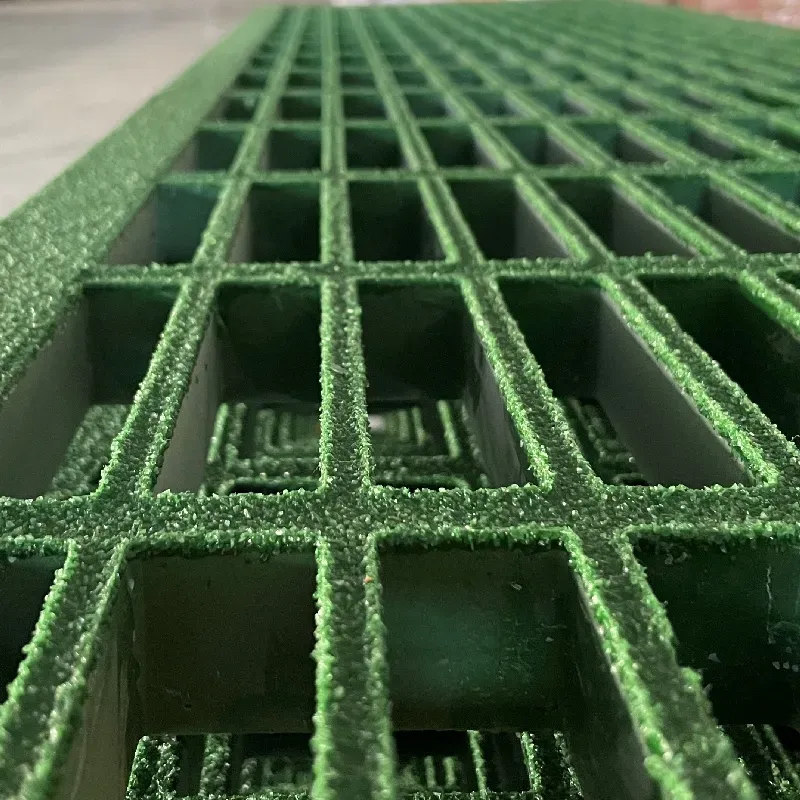loading...
- No. 9, Xingyuan South Street, Dongwaihuan Road, Zaoqiang County, Hengshui, Hebei, China
- admin@zjcomposites.com
- +86 15097380338
- Welcome to visit our website!
pressure tank for water pump
Understanding Pressure Tanks for Water Pumps
When it comes to residential or agricultural water systems, ensuring a consistent and reliable water supply is crucial. One of the key components in achieving this goal is the pressure tank, which works seamlessly with water pumps to maintain water pressure and storage. This article delves into what pressure tanks for water pumps are, their functionality, and the advantages they offer.
What is a Pressure Tank?
A pressure tank is a cylindrical container that stores water under pressure. It is primarily used in conjunction with a water pump to provide a steady supply of water for various applications, ranging from household use to irrigation systems. The tank usually consists of a steel shell and an internal diaphragm or bladder, which separates the water from the air that is pumped into the tank.
How Does a Pressure Tank Work?
When a water pump is activated, it fills the pressure tank with water. The air in the tank is compressed as the water takes up space, creating pressure. This pressure is crucial for the operation of the system; it ensures that water can be delivered to taps, appliances, or irrigation systems without constant operation of the pump.
Once the pressure tank reaches a predefined pressure level, the pump automatically shuts off. When water is used, the pressure within the tank decreases. This drop triggers the pump to start again, refilling the tank and maintaining the pressure required for the distribution system. This cyclic operation of charging and discharging maintains consistent pressure and flow, making it a vital part of any water supply system.
Benefits of Using a Pressure Tank
pressure tank for water pump

1. Increased Efficiency One of the primary advantages of a pressure tank is that it reduces the on-and-off cycling of the water pump. This cycling can lead to wear and tear on the pump, so by minimizing it, the lifespan of the pump is extended and energy consumption is reduced.
2. Stable Water Pressure Pressure tanks ensure that water is delivered at a consistent pressure, which enhances the user experience, particularly in applications where fluctuating water pressure is undesirable.
3. Storage of Water Pressure tanks store a reserve of water under pressure, which is beneficial during peak usage times. This reserve can be especially valuable in rural areas or places where water supply may be intermittent.
4. Noise Reduction Frequent cycling of pumps can create noise, which many homeowners find undesirable. By using a pressure tank, the pump operates less frequently, resulting in a quieter environment.
5. Cost-Effective Although the initial investment in a pressure tank may seem significant, the long-term savings on energy bills and pump maintenance can make it a cost-effective choice.
Conclusion
Integrating a pressure tank into a water pump system can significantly enhance the overall efficiency and reliability of water delivery systems. By maintaining stable pressure, reducing wear on plumbing components, and optimizing energy use, pressure tanks play a crucial role in both residential and agricultural contexts.
Whether you are considering a water system for a new home, upgrading an existing one, or implementing an irrigation system for your garden, understanding how pressure tanks work can help you make informed decisions. With the right pressure tank coupled with an appropriate water pump, you can ensure a consistent and reliable water supply tailored to your specific needs.
-
The Rise of FRP Profiles: Strong, Lightweight, and Built to LastNewsJul.14,2025
-
SMC Panel Tanks: A Modern Water Storage Solution for All EnvironmentsNewsJul.14,2025
-
GRP Grating: A Modern Solution for Safe and Durable Access SystemsNewsJul.14,2025
-
Galvanized Steel Water Tanks: Durable, Reliable, and Ready for UseNewsJul.14,2025
-
FRP Mini Mesh Grating: The Safer, Smarter Flooring SolutionNewsJul.14,2025
-
Exploring FRP Vessels: Durable Solutions for Modern Fluid HandlingNewsJul.14,2025
-
GRP Structures: The Future of Lightweight, High-Performance EngineeringNewsJun.20,2025
